Fancy homes used to line certain streets throughout North Omaha, and one of those was Wirt Street. Business leaders, influential socialites, and high-minded politicians lived up and down the block, building the neighborhood along the way. This is a history of the George F. Shepard House in North Omaha.
The Shepard House

The George F. Shepard House at 1802 Wirt Street was finished in 1903. Influenced by the neighboring Trans-Mississippi and International Exposition of 1898, the house was designed and built by a stonemason who personalized much of the residence with marble and stone etchings. With 5 bedrooms at approximately 4,400 square feet, it is the largest house on the street today. One source says the home cost $10,000 to build.
Architecturally, this home shows transitional touches for the late Victorian era. Mixing the Queen Anne and Beaux-Arts architectural style, it has an asymmetrical floor and roof plan, a rounded turret, a rounded wraparound porch. Shingles are used on the third floor to offset the brickwork on the first two levels. Located on Wirt Street in the Kountze Place neighborhood of North Omaha, it is surrounded by several large Victorian-era homes, and the block is kept in good condition.
After the Shepard family moved out of the home in the early 1960s, Mrs. Shepard rented out rooms in the house for several decades while maintaining its original elegance. When she died in 1962, the house became an apartment house. Next, Charles Mercer (1910-2000) and his family owned the home for more than 20 years.
In the early 1980s, the home became part of a historical preservation battle in the Omaha City Council. Several council members took it up to establish a fund to restore historic homes in the city, and along with the nearby Charles Storz house, the Shepard House was targeted for restoration money. Two members fought the initiative by maintaining that tearing down the home and building new ones, or renovating up to ten smaller houses, would be a better use of City dollars. However, Marty Shukert led the City’s efforts to support the historic homes, and eventually the amount was granted. Owners Charles and Sally Mercer received a $64,000 loan to repair the home.
For several months, the house was under a lot of scrutiny by the City and the media. However, after a successful renovation it was named an official Omaha Landmark by the City.
A Biography of George F. Shepard

George Franklin Shepard (1850-1930) was a renowned fine stoneworker and monument maker in Omaha. Arriving in the city in 1880, he quickly established a reputation as a high quality craftsman. The George F. Shepard Monument Company, located in the City of Florence, Nebraska, incorporated in 1914 with a stock of $20,000.
Married to Georgia Shepard (1865-1962), their original home in the neighborhood was built at 1804 Binney Street, where they lived during the 1890s. Their children were all born there, and included Irene (1892–1966), Mercedes (1898–1978), and Lenoir (1899–1993). Lenoir’s 1921 marriage was in their home with a minister from the nearby Omaha Presbyterian Theological Seminary.
Shepard was classically trained and owned several oil paintings that “revealed his tastes for European art and the Classical tradition.” Shepard was busy in the city’s art circles too, and was a close friend to J. Laurie Wallace, president of the Omaha Art Guild. The two took several road trips together through the western United States to paint and study.
He was civically involved throughout the city. Despite never winning, he ran for the Nebraska State Legislature several times, hoping to serve as a Representative in the bicameral body before it became a unicameral. He also served as a delegate to Republican primaries several times when the Republicans were liberal.
In 1907, Shepard sat on a committee of the City of Omaha Parks Department to deal with creating a new boulevard. Originally intended to connect Florence Boulevard and Kountze Park to Carter Lake, the boulevard would have run along Pinkney Street from the boulevard to Carter Lake Drive. The proposal was turned away from landowners along Pinkney who didn’t want a wider roadway there. These were among the original plans from the Trans-Mississippi Expo that were never enacted, with others including a large, well-designed park on the Bluff View Tract and a permanent arch over Florence Boulevard.
A few years later, he sat on another City committee, this time to explore moving the old county courthouse to Jefferson Square to convert it into a public museum. Their ultimate decision was not to do this.
Shepard was invested throughout the neighborhood and owned several empty lots in Kountze Place, and was involved in the buying and selling of property in other parts of Omaha, too. He built the home on the southwest corner of North 16th and Spencer Street at 3124 North 16th Street in 1909 for $2,500. Renting the house out in 1911, it was advertised as a “brand new 8-room house, strictly modern, with elegance and beauty beyond comparison, a class of house seldom offered for rent. Will rent cheap to desirable tenant without small children or with four or five hundred cash, a fair rent will buy an pay for this…” That year the house sold for almost $6,000, which was a 125% profit. The home still stands today, and it is architecturally distinct from everything else in the city of Omaha.
He was a co-founder of a secret society in Omaha called the Argonauts. The Argonauts, which were started in Omaha, was led by Shepard, David Cole, and other business men in the city. Shepard’s title was “Supreme Admiral.” Apparently, the organization never grew and wasn’t mentioned in the news again after 1906.
Although he formally retired in 1910 at the age of 60, he didn’t sell his shop in Florence until 1927. That year, Shepard put his monument-making shop up for rent and closed his business of 46 years. He devoted his remaining years to painting. Apparently the Shepard Monument Company closed at some point afterward.
George F. Shepard died in 1930 and was buried in Forest Lawn.
Today

Today, the George F. Shepard House is not listed on the National Park Service’s National Register of Historic Places in 1978. Despite attempts to have it listed, the neighborhood around it is not a registered historic district, either.
The home is a private single-family residence now, and is still owned by the Mercer family.
However, the George F. Shepard House was named an official Omaha Landmark in 1981. The house is renowned for its historical integrity. There’s a generous lawn with historically accurate flora throughout it, all of which is well-kept.
You Might Like…
MY ARTICLES ABOUT THE HISTORY OF KOUNTZE PLACE
General: Kountze Place | Kountze Park | North 16th Street | North 24th Street | Florence Boulevard | Wirt Street | Emmet Street | Binney Street | 16th and Locust Historic District
Houses: Charles Storz House | Anna Wilson’s Mansion | McCreary Mansion | McLain Mansion | Redick Mansion | John E. Reagan House | George F. Shepard House | Burdick House | 3210 North 21st Street | 1922 Wirt Street | University Apartments
Churches: First UPC/Faith Temple COGIC | St. Paul Lutheran Church | Hartford Memorial UBC/Rising Star Baptist Church | Immanuel Baptist Church | Calvin Memorial Presbyterian Church | Omaha Presbyterian Theological Seminary | Trinity Methodist Episcopal | Mount Vernon Missionary Baptist Church | Greater St. Paul COGIC
Education: Omaha University | Presbyterian Theological Seminary | Lothrop Elementary School | Horace Mann Junior High
Hospitals: Salvation Army Hospital | Swedish Hospital | Kountze Place Hospital
Events: Trans-Mississippi and International Exposition | Greater America Exposition | Riots
Businesses: Hash House | 3006 Building | Grand Theater | 2936 North 24th Street | Corby Theater
Listen to the North Omaha History Podcast show #4 about the history of the Kountze Place neighborhood »
MY ARTICLES ON THE HISTORY OF ARCHITECTURE IN NORTH OMAHA
GENERAL: Architectural Gems | The Oldest House | The Oldest Places
PLACES: Mansions and Estates | Apartments | Churches | Public Housing | Houses | Commercial Buildings | Hotels | Victorian Houses
PEOPLE: ‘Cap’ Clarence Wigington | Everett S. Dodds | Jacob Maag | George F. Shepard | John F. Bloom
HISTORIC HOUSES: Mergen House | Hoyer House | North Omaha’s Sod House | James C. Mitchell House | Charles Storz House | George F. Shepard House | 2902 N. 25th St. | 6327 Florence Blvd. | 1618 Emmet St. | John E. Reagan House
PUBLIC HOUSING: Logan Fontenelle | Spencer Street | Hilltop | Pleasantview | Myott Park aka Wintergreen
NORMAL HOUSES: 3155 Meredith Ave. | 5815 Florence Blvd. | 2936 N. 24th St. | 6711 N. 31st Ave. | 3210 N. 21st St. | 4517 Browne St. | 5833 Florence Blvd. | 1922 Wirt St. | 3467 N. 42nd St. | 5504 Kansas Ave. | Lost Blue Windows House | House of Tomorrow | 2003 Pinkney Street
HISTORIC APARTMENTS: Historic Apartments | Ernie Chambers Court, aka Strehlow Terrace | The Sherman Apartments | Logan Fontenelle Housing Projects | Spencer Street Projects | Hilltop Projects | Pleasantview Projects | Memmen Apartments | The Sherman | The Climmie | University Apartments | Campion House
MANSIONS & ESTATES: Hillcrest Mansion | Burkenroad House aka Broadview Hotel aka Trimble Castle | McCreary Mansion | Parker Estate | J. J. Brown Mansion | Poppleton Estate | Rome Miller Mansion | Redick Mansion | Thomas Mansion | John E. Reagan House | Brandeis Country Home | Bailey Residence | Lantry – Thompson Mansion | McLain Mansion | Stroud Mansion | Anna Wilson’s Mansion | Zabriskie Mansion | The Governor’s Estate | Count Creighton House | John P. Bay House | Mercer Mansion | Hunt Mansion
COMMERCIAL BUILDINGS: 4426 Florence Blvd. | 2410 Lake St. | 26th and Lake Streetcar Shop | 1324 N. 24th St. | 2936 N. 24th St. | 5901 N. 30th St. | 4402 Florence Blvd. | 4225 Florence Blvd. | 3702 N. 16th St. | House of Hope | Drive-In Restaurants
RELATED: Redlining | Neighborhoods | Streets | Streetcars | Churches | Schools
Elsewhere Online
- “George F. Shepard House” from the City of Omaha Landmark Heritage Preservation Commission
- “George F. Shepard” on Findagrave.com
BONUS



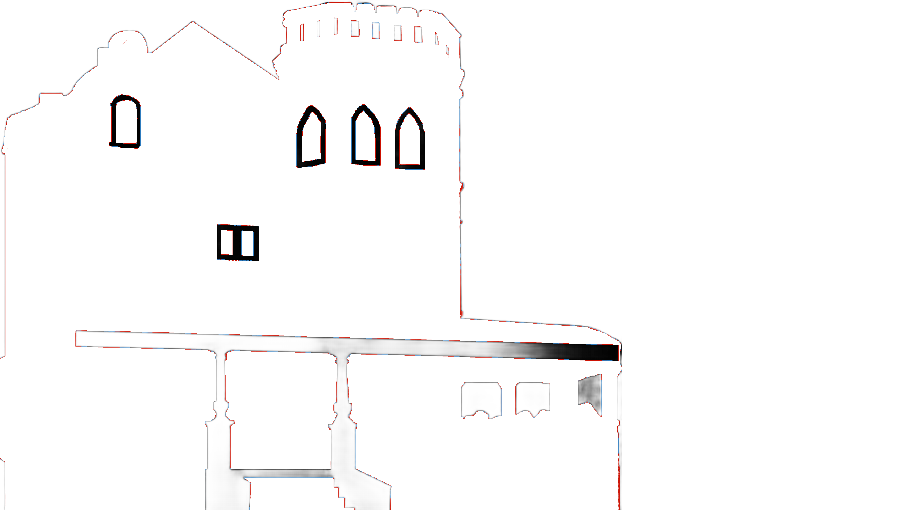

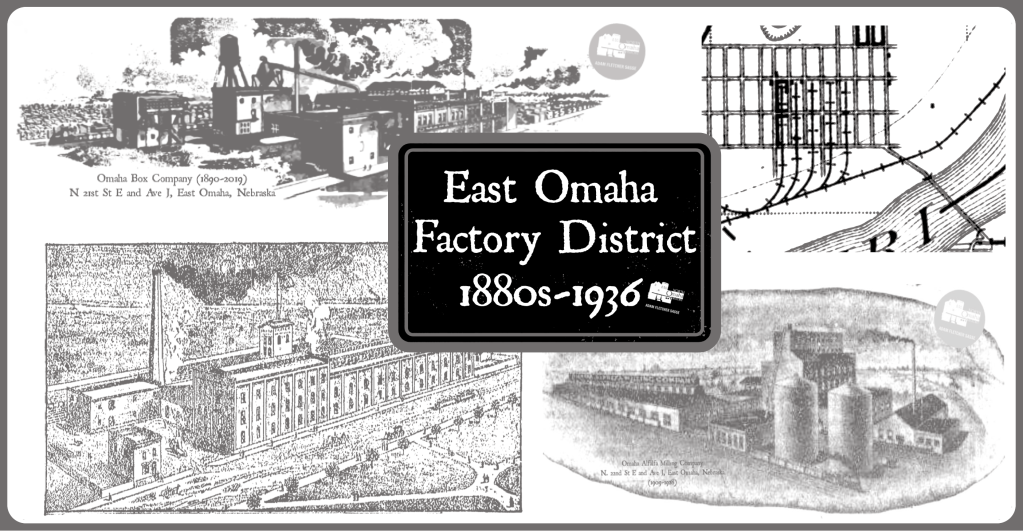
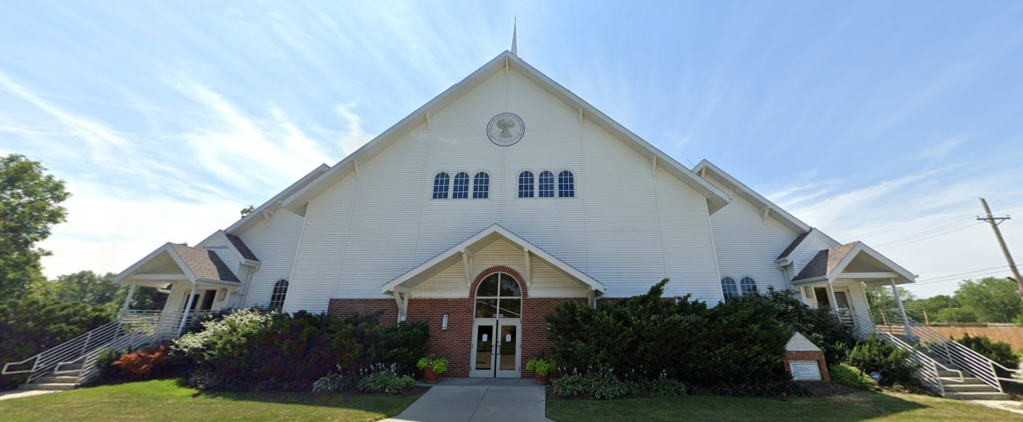
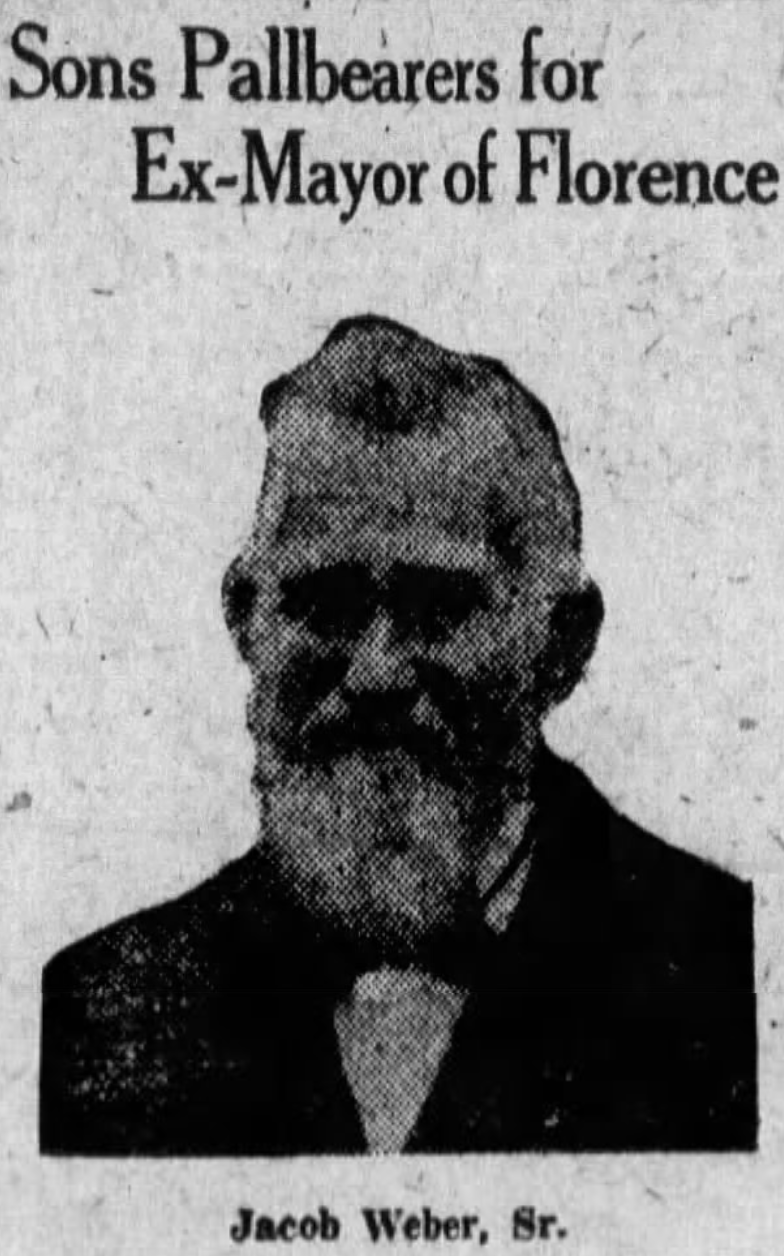
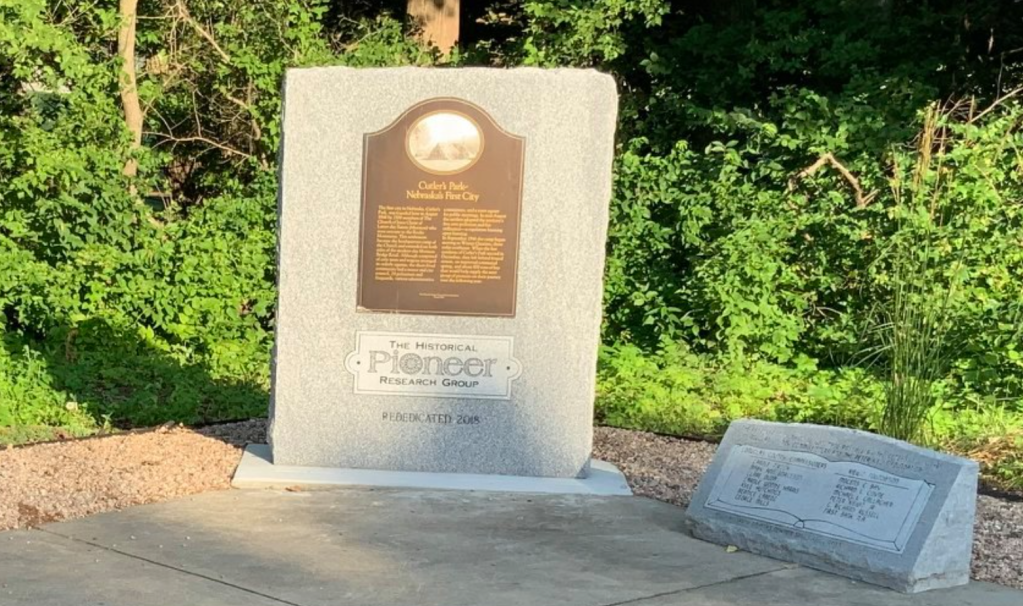
Leave a comment